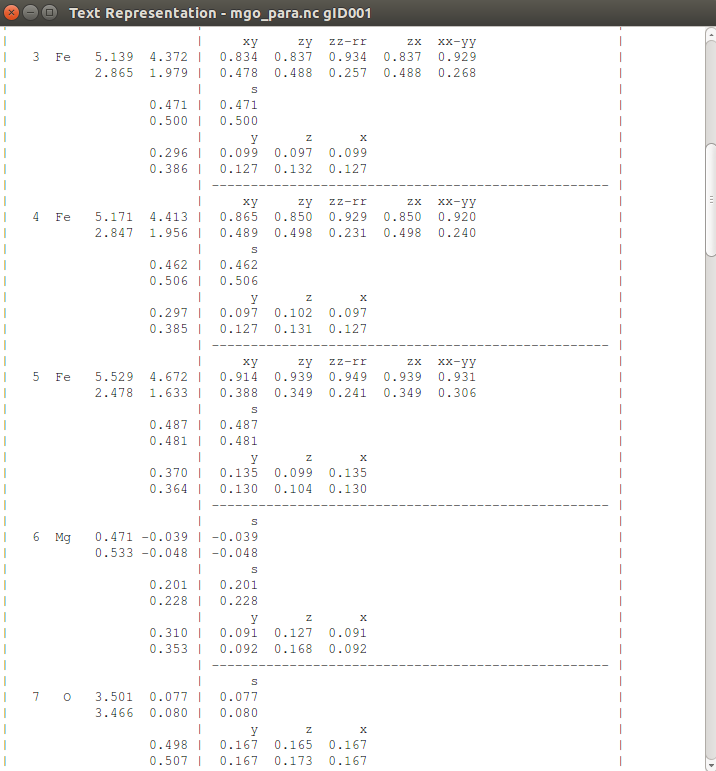

In case a basis of normalized, non-orthogonal basis functions is used, the matrix elements S i,i equate to unity. The first step in the "Full Mulliken population analysis" involves multiplication of the density matrix elements D i,j with the corresponding overlap matrix elements S i,j (again a n*n matrix). The occupation numbers o k for single determinant wavefunctions are either 0 (virtual orbital), 1 (singly occupied orbitals), or 2 (fully occupied orbital), and the molecular orbital coefficient c i,k is that for basis function i in molecular orbital k. The matrix elements D i,j are calculated as the sum of products o kc i,kc j,k over all k molecular orbitals. In this case the molecular orbital information is followed by the current density matrix D (a n*n matrix with n = number of basis functions). A full Mulliken population analysis is obtained using pop=full. Directly following the output of molecular orbital information Gaussian prints a Mulliken population analysis.


 0 kommentar(er)
0 kommentar(er)
